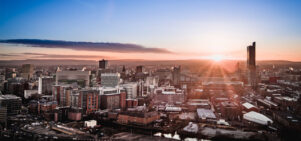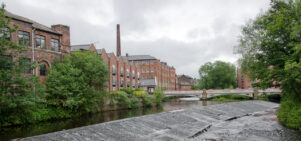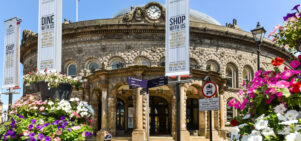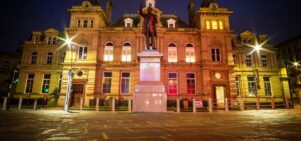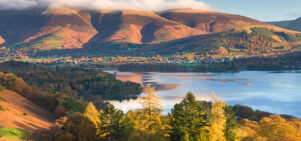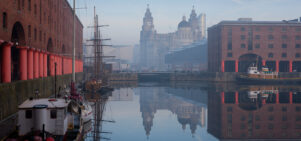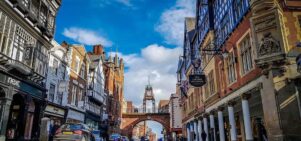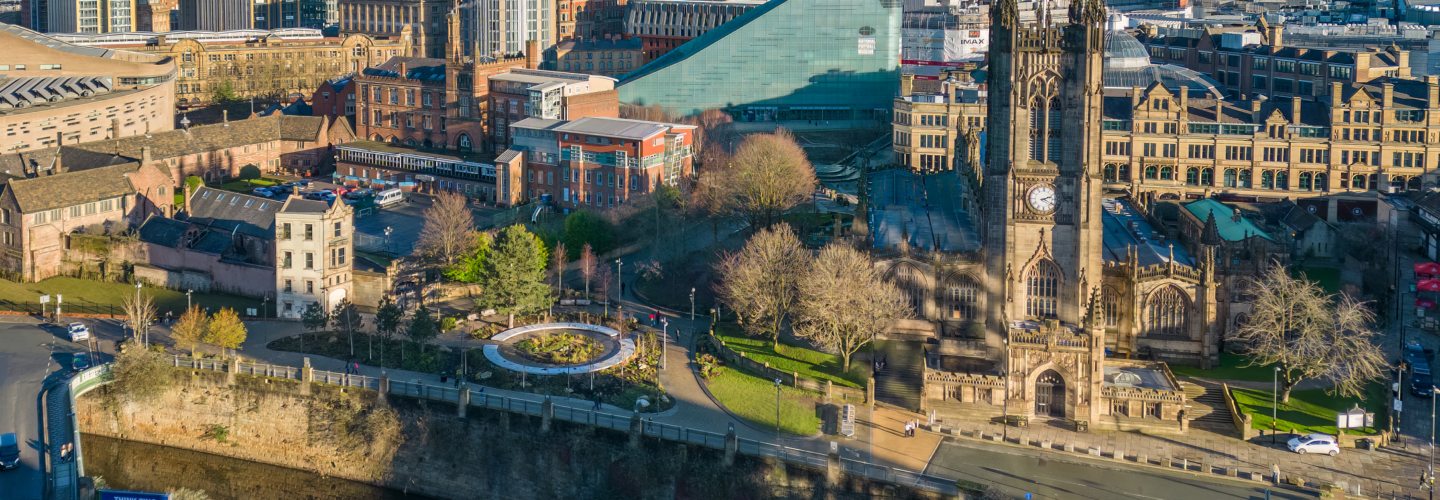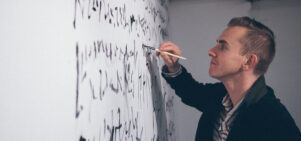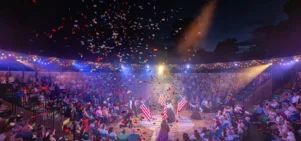Deep vibrations: Erika Vogt at The Calder
Susie StubbsErika Vogt’s new exhibition brings bass rhythms and machine parts to The Calder in Wakefield.
Anyone who has ever been to an illegal rave will appreciate the judicious placement of a heavy-duty sound system inside an empty warehouse. It’s something to do with way the walls seem to shift with each bass vibration, or the sound effects that result from the noise ricocheting off all that exposed steelwork. It is thus difficult, when faced with an installation like Erika Vogt’s – with its heavy, repetitive beats and industrial aesthetic – not to get all misty-eyed for a misspent youth.
Yet there’s more to this kind of artwork than mere youthful reminiscence. There must be. Erika Vogt –whose commission for the half-derelict mill, The Calder, comprises sound alongside sculpture, digital art and film – is not the first artist to tackle like with like when it comes to industrial space. As in, she’s not the first to recreate the chaotic, disorienting noise of the machinery that once dominated factories and mills such as this one. Jeremy Deller, Massive Attack for MIF, Tino Seghal: these are just a few of those who have in recent months mined the link between the old industrial spaces of the north and our cultural present.
She’s not the first to recreate the chaotic noise of machinery that once dominated factories of the north
Erika Vogt is, however, a relative newcomer – not just to the north but to the UK. This is the American artist’s first solo show in this country. Her installation is relatively simple: three digital screens hang suspended from The Calder’s high ceilings, surrounded by ropes and pulleys and scattered chunks of sculpture, some of it bright-painted, some of it of a moodier hue. These objects are the most direct link to old industry, made up of direct plaster casts of machine parts or representing small pieces of machinery blown up to monstrous size. But the main focus – apart from that booming, bass-heavy soundtrack – are the screens. On them, three short films play, each showing shots of the sculpture strewn all around. Other images and digital animation flashes over the top of the footage, and, eventually, by the third screen, subsume the original film entirely. The effect is frenetic. There is more than a whiff of fear: of obsolescence, of time passing, of the future imprinting itself over the top of the now without so much as a precursory knock on the door.
There is an argument that the noise and repetitive beats of popular music are the result of (a reaction against) the noise and repetitive beats of the factories of the industrialised north. One replaced the other. It’s hard to say if Erika Vogt had this in mind when she developed her show in Wakefield, yet walking into The Calder is as chaotic and uncompromising an experience as the factories and then the music that followed. Yet – despite the fear of what comes next – it’s exciting, too. And not solely because of a misspent youth spent dancing in half-derelict warehouses.
